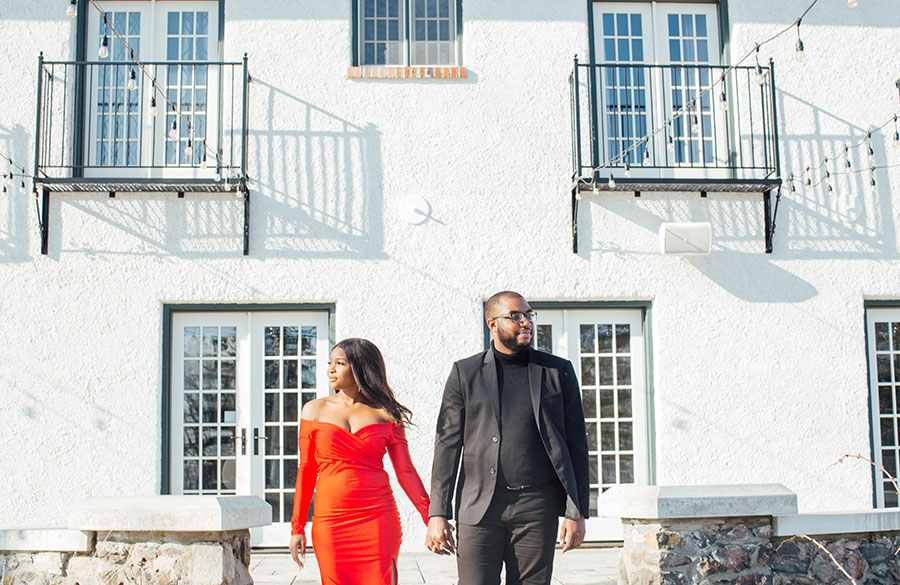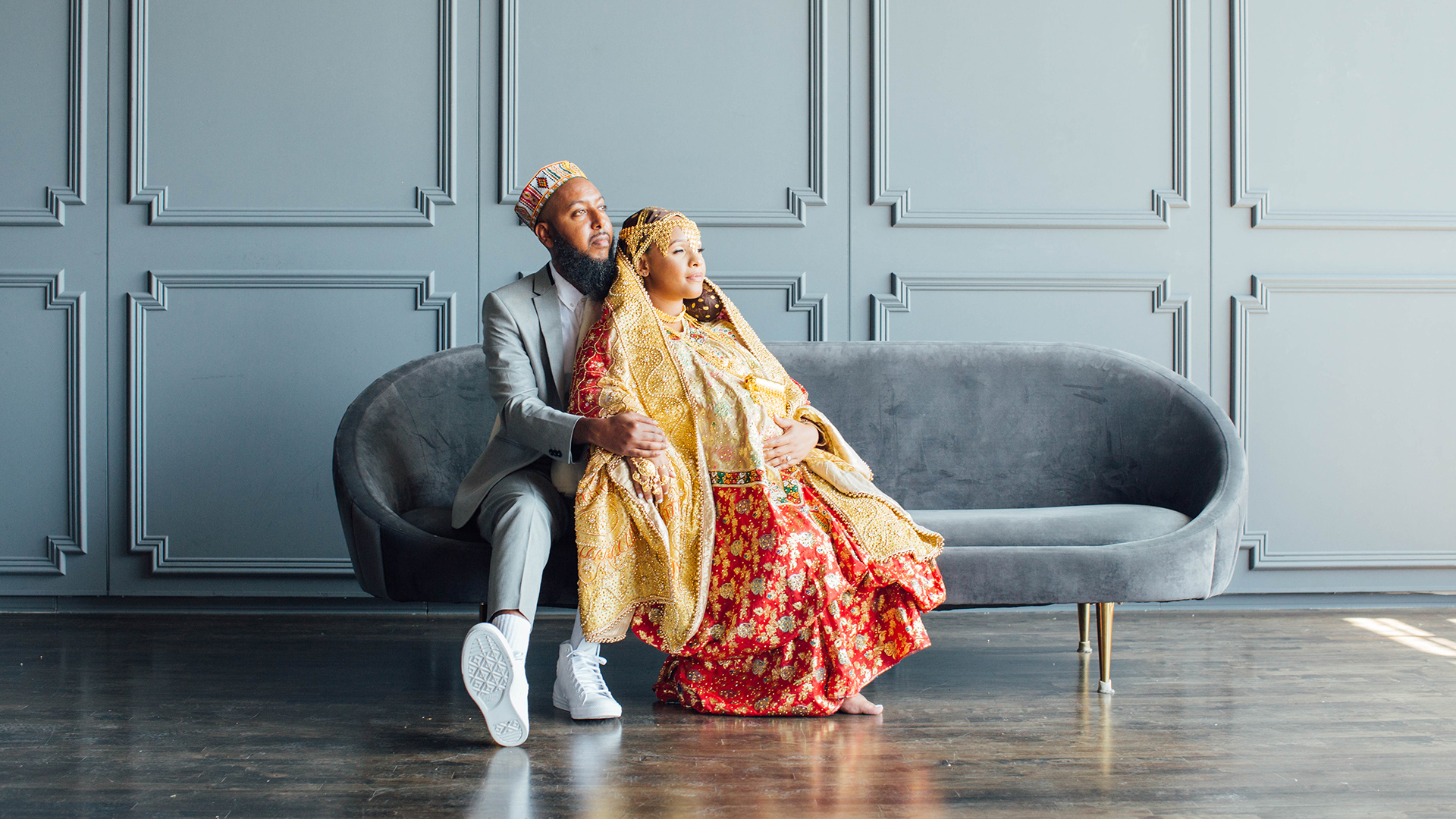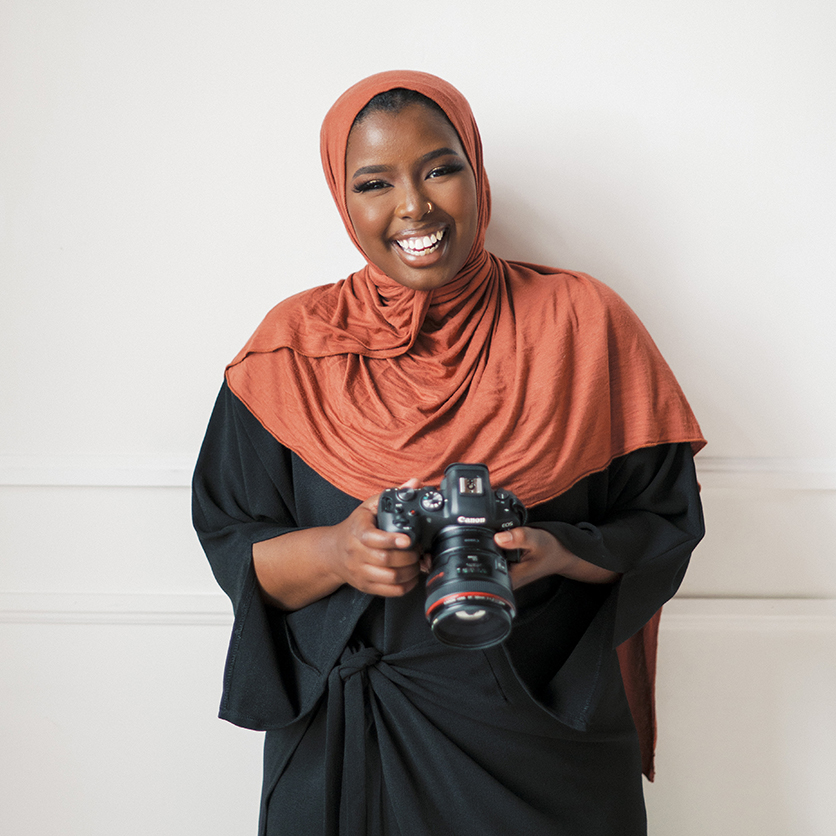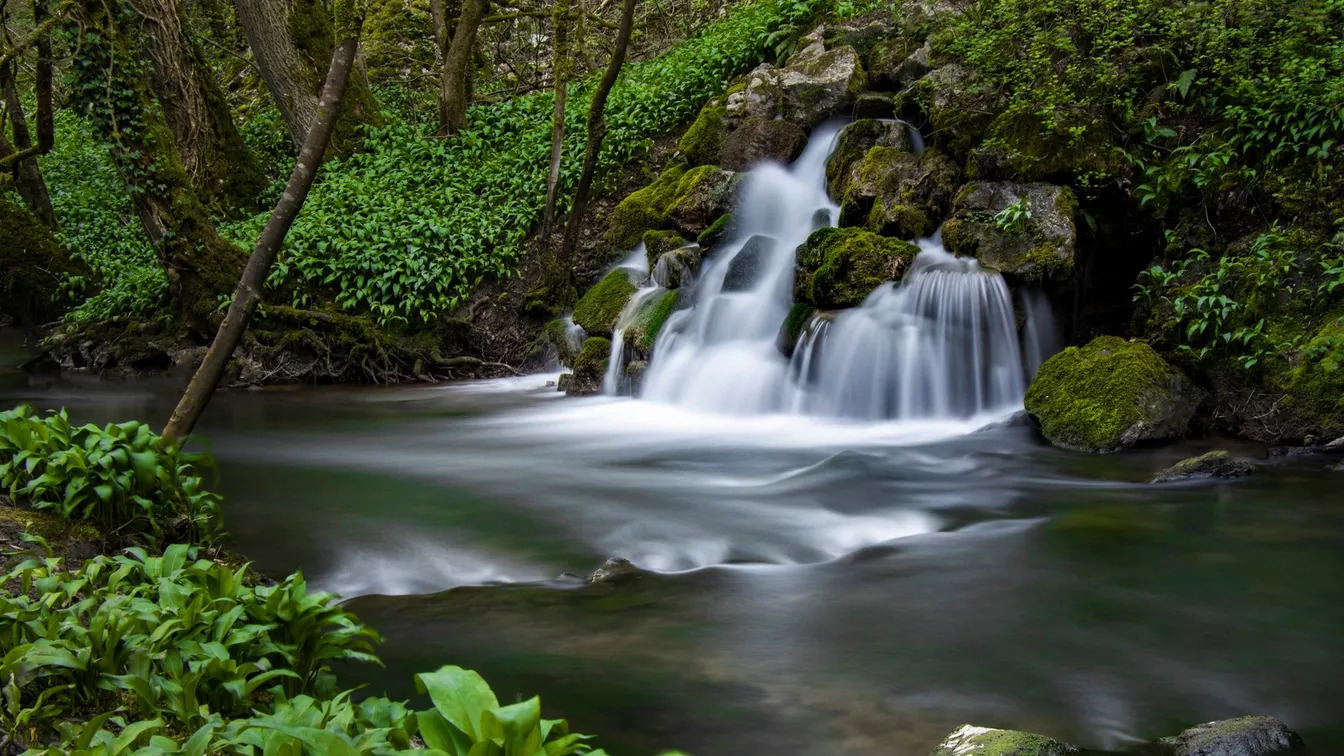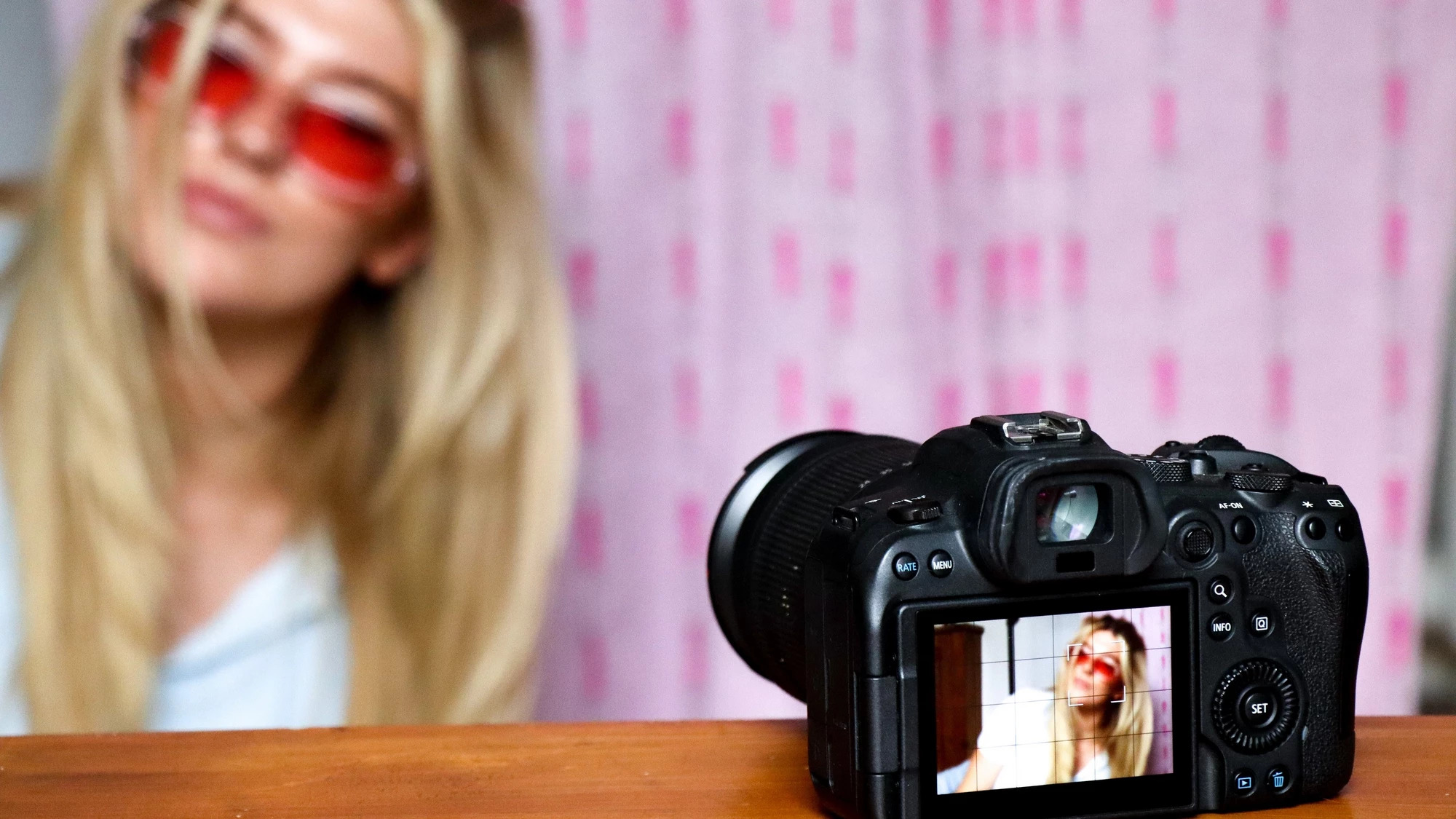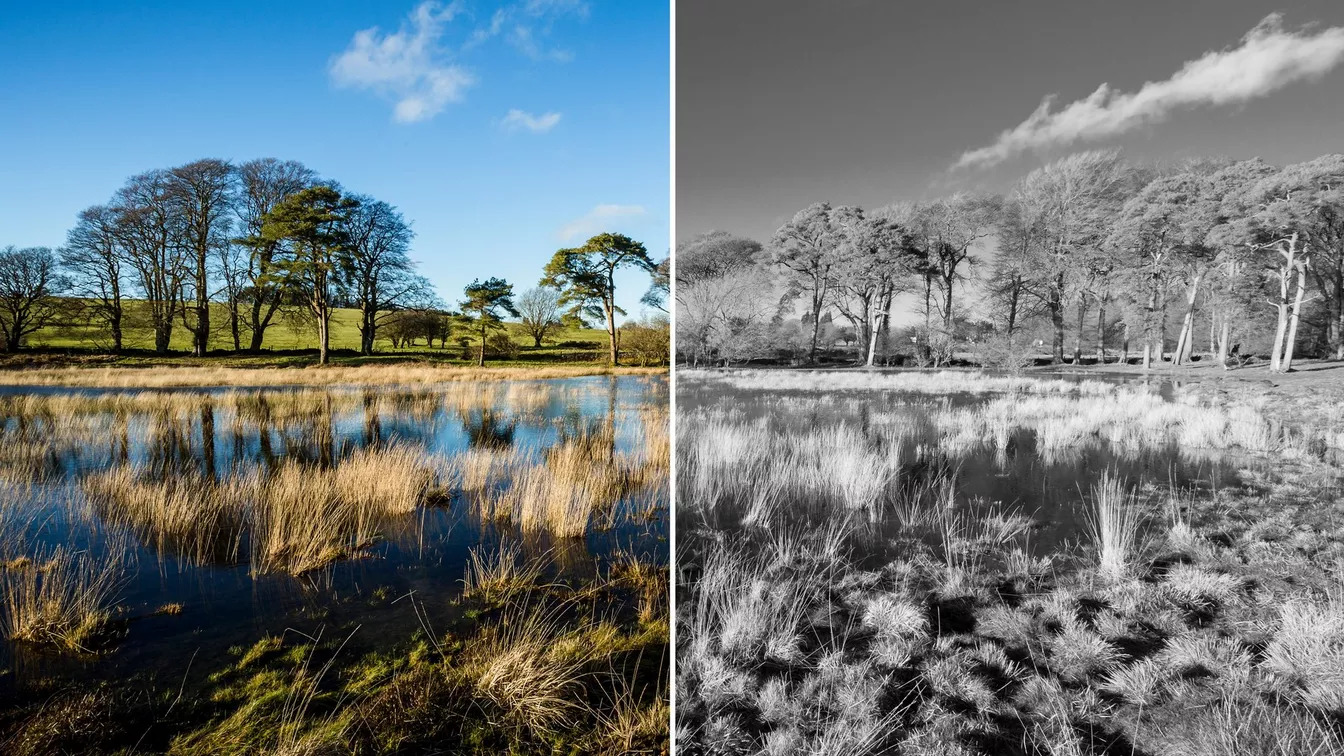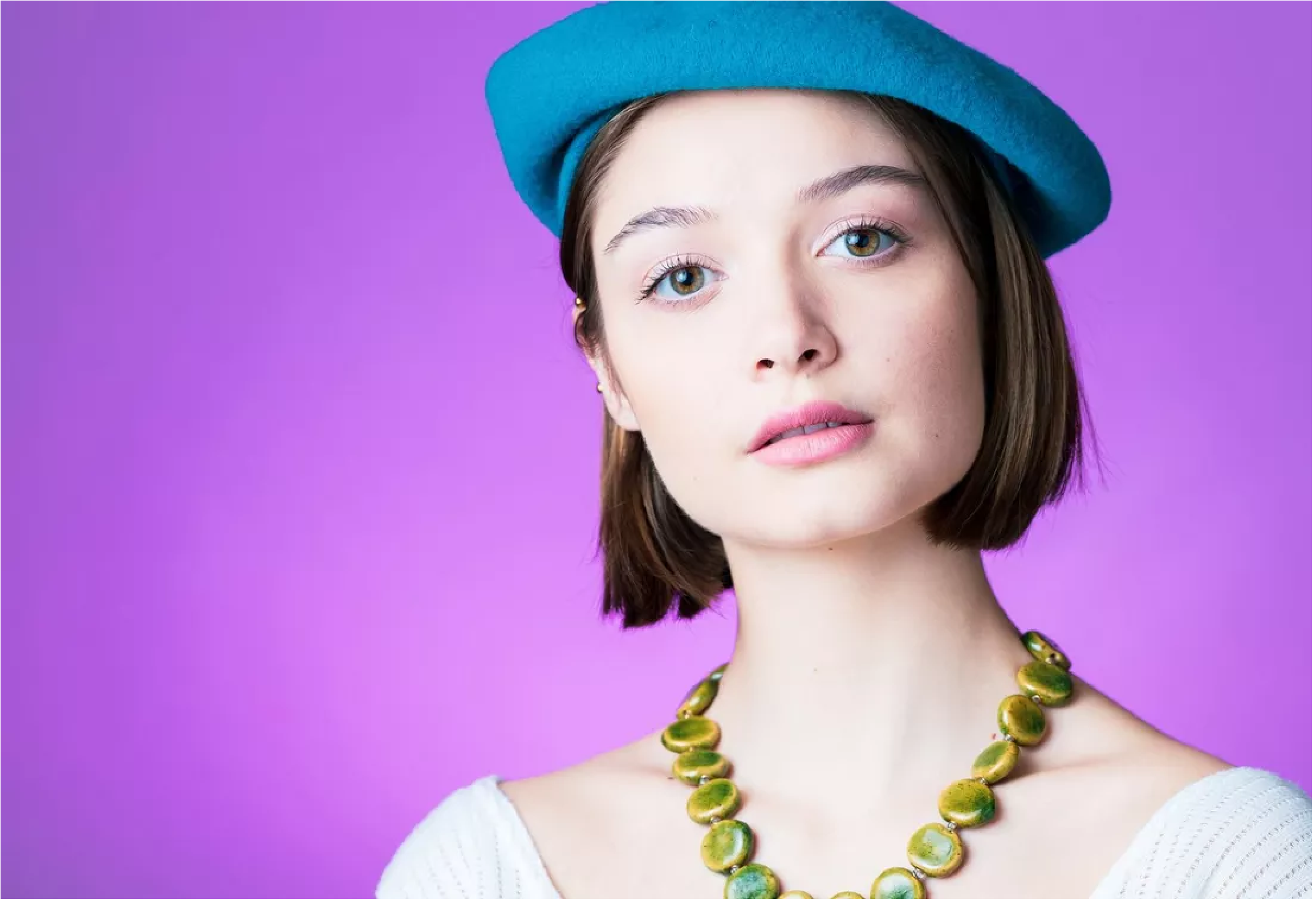At home, she occasionally got her hands on her dad’s cameras, his “pride and joy.” When she was 14, she asked her parents for one of her own.
Her dad bought her a small digital camera. “At the time, I thought, ‘Oh, he used the credit card, so this must be a super fancy camera,’” says Jama, laughing. “It’s like when you get your own car. It’s such a different feeling than when you’re borrowing someone else’s or sitting in the passenger seat and watching someone else drive.
“It was just a simple digital, but I became more confident because I was seeing the world through this camera, and seeing it differently. I was also using it to communicate with others in a way that I’d never been able to before.”
Throughout high school, Jama’s friends asked her to photograph their birthdays. She loved that others associated her with a camera. “Today, I always tell people my photography is like my companion,” she says. “The world makes more sense to me through my companion. It’s done so much for me. It’s taken me places I never imagined it could.”
A solid foundation
While Jama learned the basics of photography from her art teacher, she taught herself the more advanced skills. She grew up in Etobicoke, on the west side of Toronto. Behind her building was a tree, her “most patient client.” She would watch how light hit the tree at different times of the day and adjust her camera accordingly. She played with different settings to see what each captured. In the real world, you never know what life settings each shoot brings. Jama knew she would need to adapt quickly when photographing subjects who limits would not be as accommodating as her tree’s if she wanted to achieve something great every single time. She took advantage of whatever setting the weather threw her way, be it rain or snow, the warmth of fall colours or the coolness of spring ones. “Similarly, human beings have different skin tones, like hue colours, where we have cool colours and warm colours,” she says. “It was awesome learning in that way on my own.”
She’s also thankful for her equally patient family, who allowed her to capture their candid moments, documenting life as life happens. It showed her how to capture a person’s most dignified angle. “In the field, I’m always thinking back to the basics,” she says. “How can I honour your human and how can I maintain the integrity of it. Being at home helped me to always shoot with that mentality: how do I preserve your dignity?”
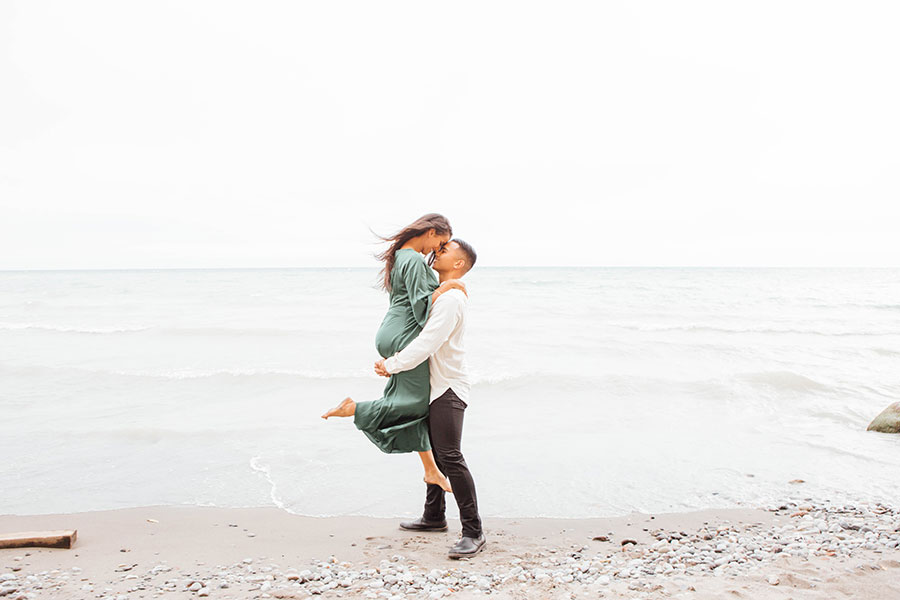
Faith, light, joy
By learning how to use a camera at a young age, Jama has been able to document family and friends through their life stages: proposal, engagement, wedding, first anniversary, first baby bump, and every milestone marker that follows.
“I always say God couldn’t have loved me more when he made it so that with my own hands, I was able to create art that people found worth paying for, and I’m thankful that those people are my friends and my family,” says Jama. “It’s not even about the money for me. It’s about how can I tell you what your love story looked like to me?”
She doesn’t get to decide what inspires her, she says. Inspiration comes from each subject’s unique story, and couples that genuinely love each other will show that on their own. It could be a couple whose hands unconsciously intertwine, or a parent naturally pulling their child closer to their chest.
“There’s a closeness and an intimacy, and I always document and photograph that,” she says. “It comes from being able to photograph home life, where you’re not looking specifically for something, you’re just watching. Things happen as they go.”
On her channels, she makes it a point to share that joy. She intentionally does not share photos that are in the dark. “If I were to describe my work to somebody, or if I want them to feel something, it’s the warmth of faith, light and joy.”
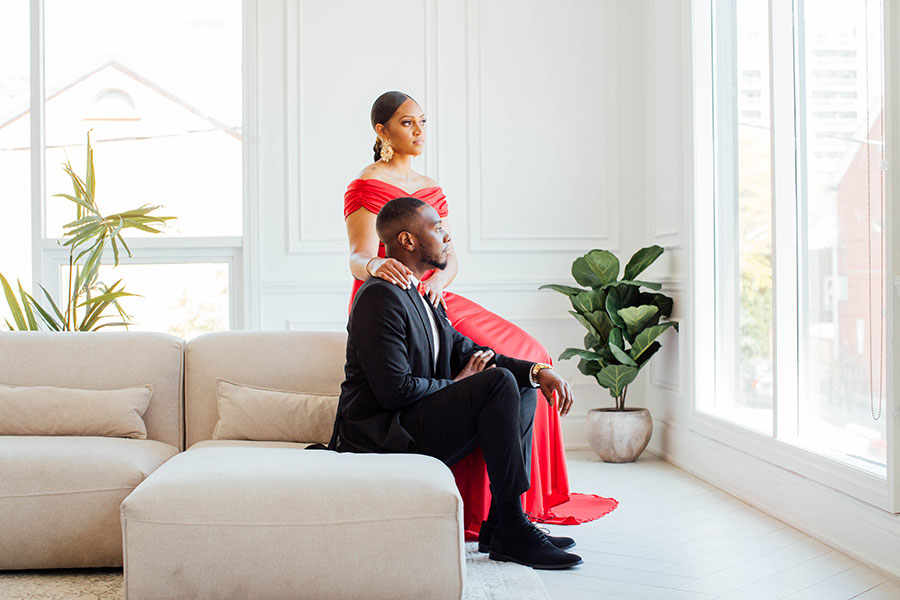
Amplifying Black positivity through love
Most importantly, Jama wants to honour Black love and Black joy in a dignified manner.
“As somebody Muslim, and somebody hyper visibly Black who wears a hijab and is a woman, I’m always mindful of conveying that Muslim people love too. Black people love too.” Oftentimes, she says, mainstream content doesn’t show that love. As a Black Muslim, Jama wants to create content that counters that perception and represents the reality of those lives. It goes back to her commitment to preserve a person’s integrity and dignity.
Jama always considers how her images add to the discourse. For her, that means showing the Black man who doesn’t have to be strong all time, but is gentle and joyous. To show that the Muslim woman wearing her hijab is the most beautiful thing.
“I love that my following is so diverse,” she says. “They don’t see that the person is Black, that the person is Muslim. They’re just seeing that these are people who are loving toward each other, and I’m just really grateful.
“In addition to my work being primarily based in family and friends, it’s also very political in a way, where I want to make a point that Black people love beautifully, Black people are gentle and loving. Muslim people are loving and beautiful. They’re not angry people. No, they’re just like you. They love just like you. That’s super important to me.”
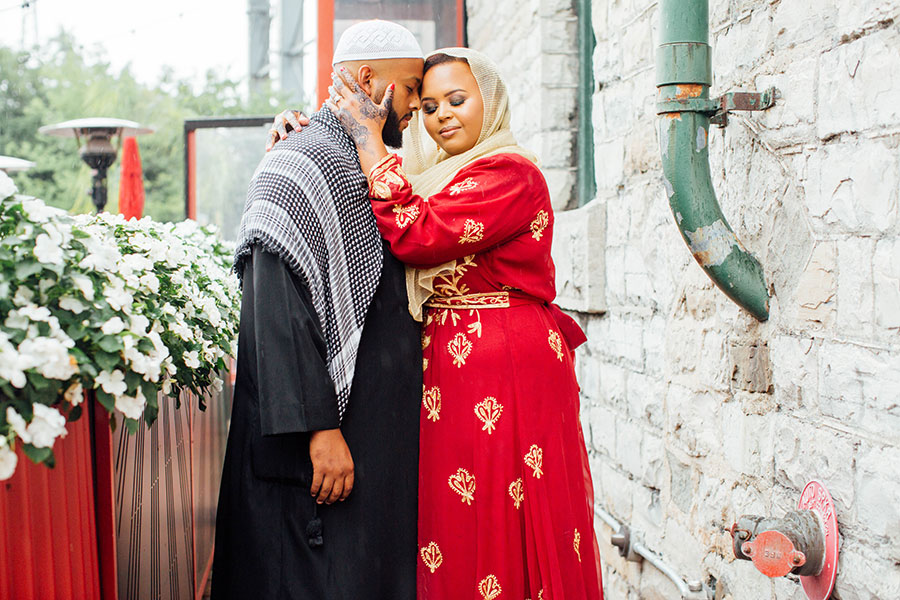
Using her voice
Photography has presented Jama with opportunities she never thought she would experience. In 2015, she was one of 11 young artists selected to participate in the Scratch & Mix Project, an exhibit at the Art Gallery of Ontario (AGO) in Toronto where each creative offered a unique take on the theme “Empowering the Black Community.”
“I’m very hyper visibly Muslim, and I acknowledge that, and not every space creates space for me,” says Jama. “So when I’m occupying spaces like the AGO, I’m there by way of my work getting me there.” Jama isn’t someone inclined to draw attention to herself, so it’s especially rewarding when her work speaks for itself. “To be as low-key as I am and have a place like the AGO exhibit work of mine, it blew my mind. I’m so thankful to God that a mercy like that was even possible for me.”
Jama was also among a group of Somali creatives – including painters, poets, writers and others – who travelled to the United Nations in 2014. Somalia has been in an ongoing civil war for more than 30 years. The narratives about the country and the people never show the whole picture. Artists have the unique ability to tell stories, and by coming together, the group wanted to create a new narrative.
Typically when intellectuals are invited to gather, it’s doctors and lawyers, accountants and anyone with a PhD in the room, says Jama. “We never think, let’s hear the voice of the one who’s an artist,” she says. “We rarely include them in politics, which is why I think artists create their own politics with their art. It was awesome to be a part of that.”
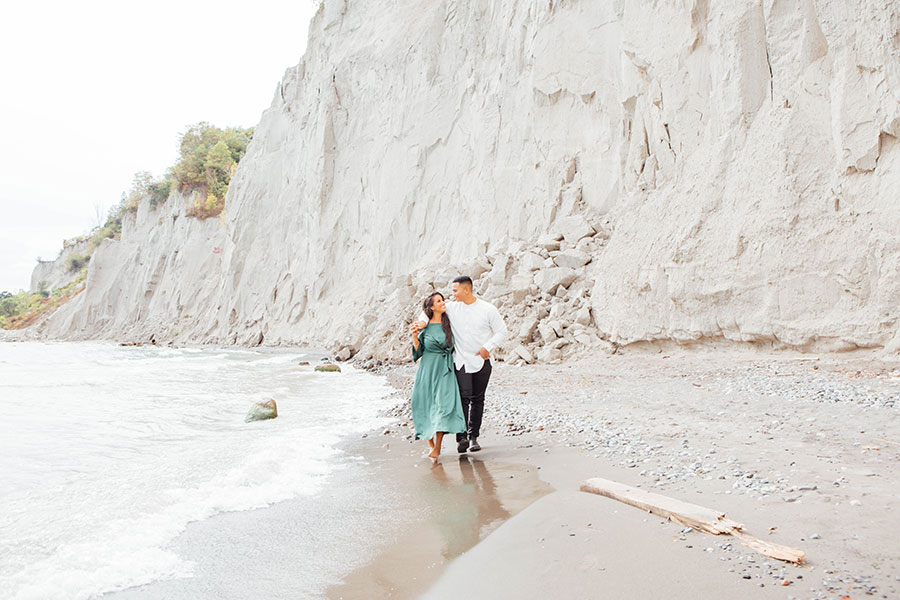
The next chapter
Jama’s next big project photography project is still a mystery. For now, she’s enjoying a year of rest and finishing school. She postponed her post-secondary studies out of high school and worked to help support her family. Now 30, she’s attending York University and working toward becoming a psychotherapist.
“Photography has provided me the mercy of building empathy,” she says. “It also provided me the mercy of being insightful and understanding that human beings are complex. We’ll all in need of compassion.” When photographing people, she sees them stripped of their shells, revealing their vulnerabilities, anxieties and triggering points. “I remember thinking, ‘God, if I ever went back to school, I still want to serve you.’ I’ve been able to serve His creation in photography, and then being able to go back to school, I want to be there for them in a different way. Psychotherapy allows me to do that.”
